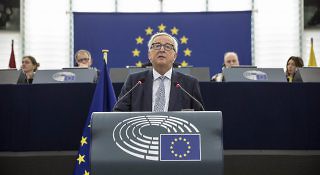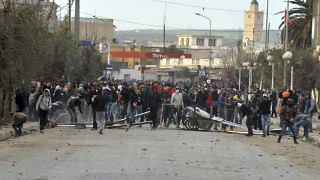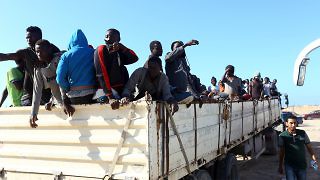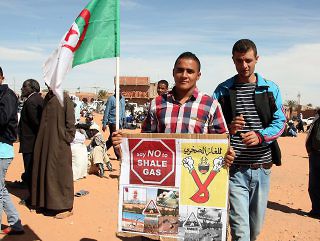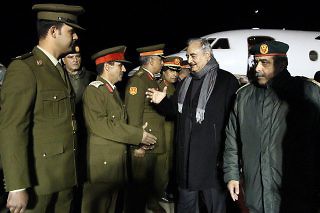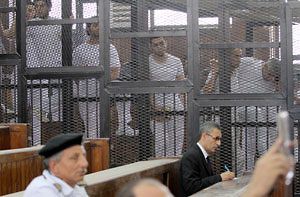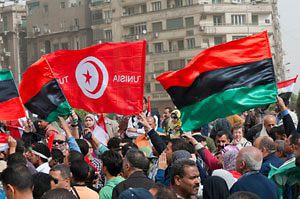Avoiding the extreme flows of migrants as experienced in 2015 remains a top concern irrespective of the measures employed, not least to contain the rising tide of populism rooted in anti-migrant sentiment in Europe.
Author: Lisa Watanabe
-
-
While the political and social reality that demonstrators are responding to does require serious attention, there are also reasons to hope that the current juncture is an opportunity to build on Tunisia’s successes.
-
At the heart of the issue is a governance vacuum that allows armed groups to control the flow of migrants in and out of Libya, presenting a unique challenge for governments in North and West Africa and EU policymakers.
-
A 1986 oil price shock necessitated austerity measures including severe cuts to core subsidies for health, education, and housing, which hit the lower and middle classes hard and contributed to a popular and bloody uprising in October 1988.
-
Russia’s close ties to Haftar could prove critical in attracting his support for an amended political agreement, if the general can be convinced that it is his best chance of holding a position of future power.
-
Despite the steady growth of violent extremism in the country, Tunisian authorities have been slow to put together a counterterrorism strategy.
-
Thus far, the majority of the international community has considered the 2015 political agreement the best hope of finding a way out of the civil conflict in Libya and rebuilding the country.
-
One year after the ouster of Mohammed Morsi, Egypt’s Abdel Fattah al-Sisi seems to have a plan for stability that is likely to involve more repression and the loss of democratic gains made in 2011.
-
Though the revolutionary road looks ever more precarious, recent developments in Tunisia are cause for optimism.
